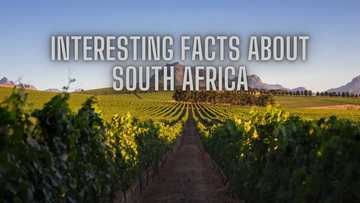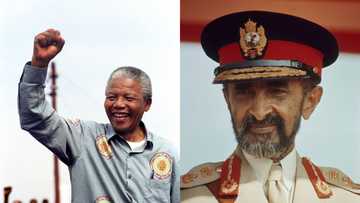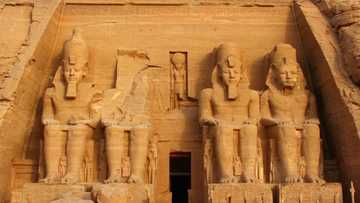All about Tsonga culture: people, history, cuisine, and traditional attire
Tsonga culture is among the most vibrant in Africa. People of this Bantu-speaking ethnic group are found in Mozambique, Swaziland, Zimbabwe, and South Africa. Tsonga people are widely referred to as Xitsonga. They are among the many African tribes that have preserved their traditions by passing down cultural practices and beliefs from one generation to another. As a result, both old and young people of the Tsonga tribe still honor their traditions and customs.
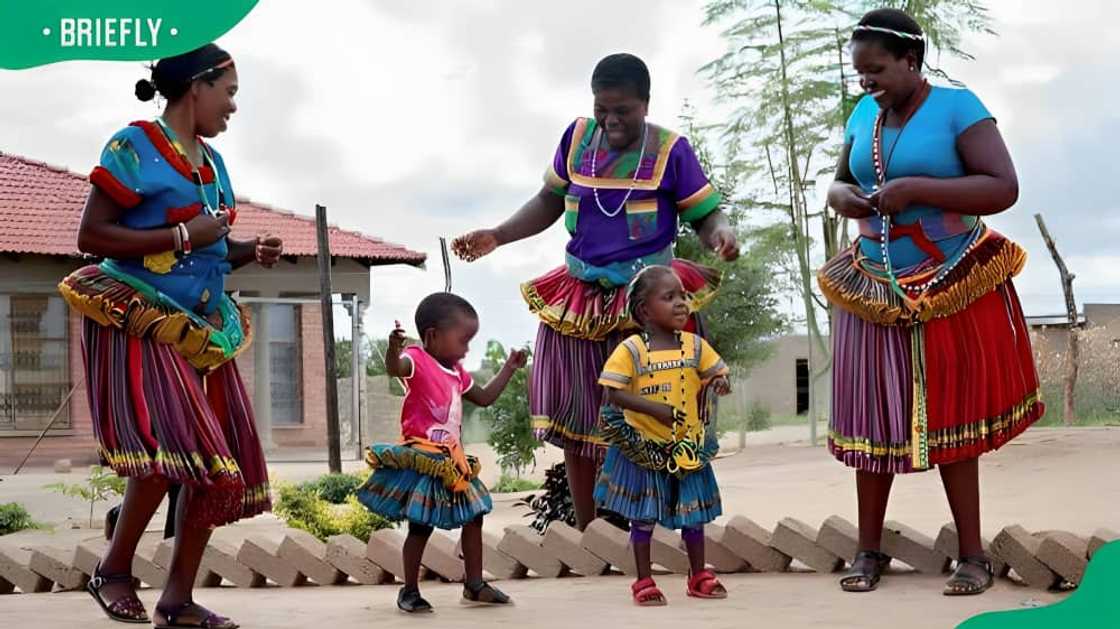
Source: UGC
Tsonga people are known for their colorful traditional clothes that have inspired numerous South African urban wedding designs. They also have energetic rhythmic music, dance styles, nutritious delicacies, and other things. Take at Vatsonga cultural practices below.
History of Tsonga culture
Tsonga people speak Xitsonga, a Southern Bantu language. They originated from central and east Africa between AD 200 and 500 and have been migrating in and out of South Africa for over 1,000 years. They initially settled in the Transvaal Province before finding a permanent settlement on the coastal plains of Southern Mozambique.
The first record of Xitsonga people settlement in South Africa dates back to the 1300s. These records are in The Life of the South African Tribe (1912 and 1927) book. Moreover, the 1977 Matim ya Vatsonga (1498 – 1650) books by Henri Philipe Junod have in-depth records of the Tsonga people and their kingdoms.
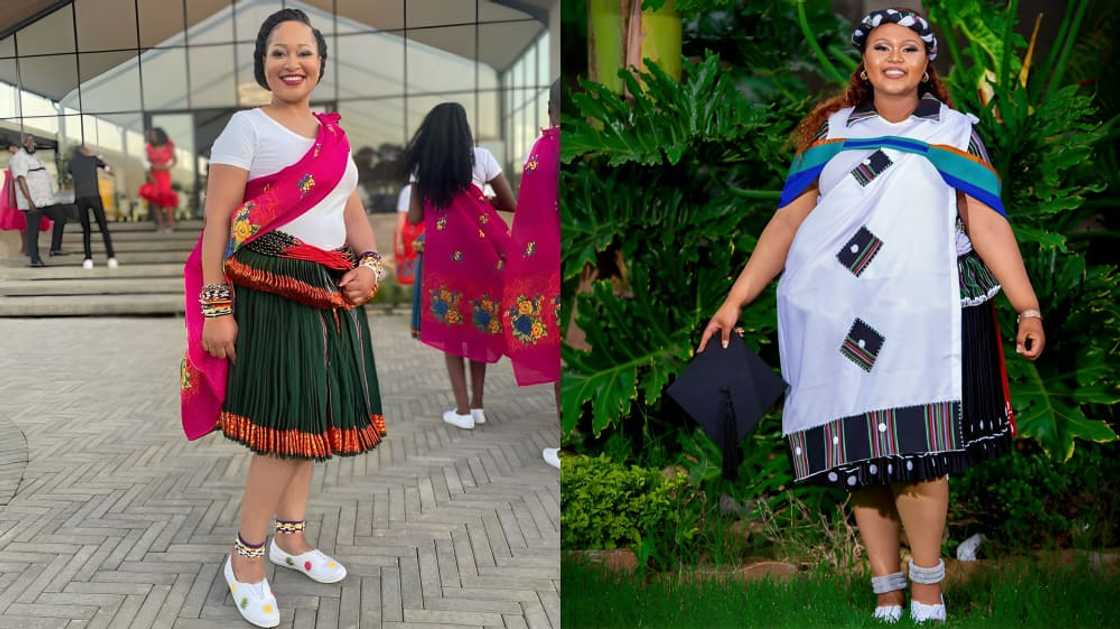
Source: UGC
Tsonga names
Tsonga people of Southern Africa go by various tribal names, including Vatsonga, Tonga, Rhonga, Chopi, and Tswa.
Tsonga language
Tsonga people speak the Xitsonga language, one of South Africa's official languages. The language had already developed by the 1500s, originating as the "Thonga" language.
What are some famous Tsonga traditional dishes?
Cassava is the staple traditional food for Tsonga culture, even though they grow corn (maize), millet, sorghum, and other crops. Other Vatsonga cultural cuisines include fried termites, fried mopani worms, xigugu (a combination of corn and peanuts, roasted and crushed), tihove (samp made with dried corn kernels, peanuts, ground nuts, and beans), tshopi (mashed pumpkin/butternut mixed with maize meal and sugar), and vuswa (oatmeal or cereal boiled in water or milk).

Source: UGC
Tsonga were pastoralists and practiced mixed agriculture. Women grew food crops and did most of the farm work, while some men grew cash crops. Most Tsonga men and teenage boys cared for domestic animals (cows, sheep, and goats). Today, most Tsongas have blue and white-collar jobs in South Africa and Mozambique.
Tsonga music and instruments
Vatsonga have a rich musical heritage. The first recorded Tsonga music dates back to the 1920s and has greatly influenced SA's music industry.
Xitsonga music is produced using stringed, wind, or percussion instruments. Stringed instruments are the most vital elements of Vatsonga music, and some of these instruments are the xizambi, xitendxe, mgangala, and xipendana. Meanwhile, the wind instruments are the xitiringo, nangna, mhalamhala, and an antelope trumpet.
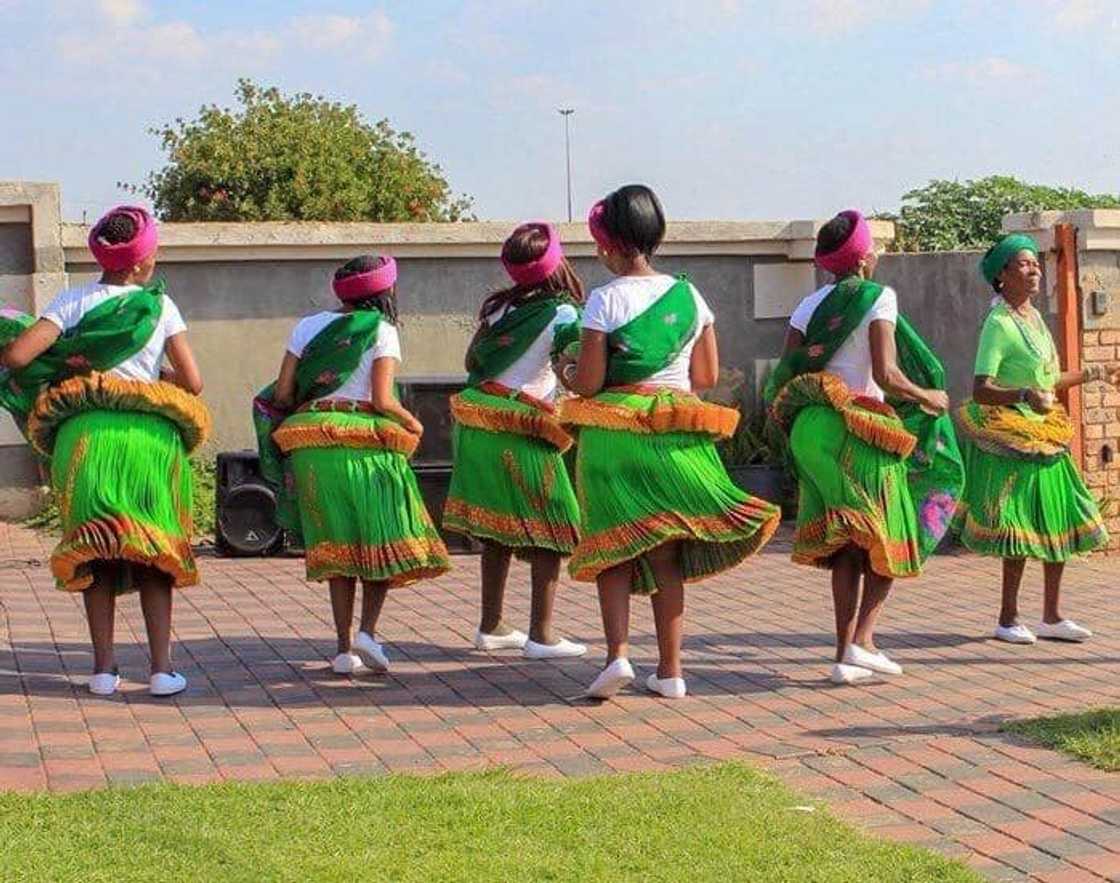
Source: UGC
Tsonga percussion instruments, the tambourines and drums, produce high-tempo beats. The Tsomane is one of the commonly used Tsonga tambourines. Community healers use it during their ritual healing practices.
The tribe's main drums, ndzumba and xigubu, are mainly used in the traditional initiation ceremonies. Meanwhile, the unique ngoma drum is widely used in festivals to entertain guests.
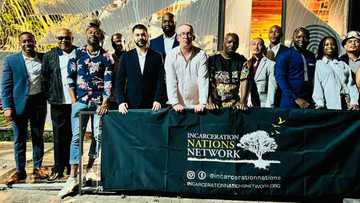
Read also
2 SA former convicts advocate for education and prison reform as inaugural Global Freedom Fellows
What is unique about Tsonga people?
The community has a lively and movement-filled dance called xibelani. It also involves clapping hands and whistling. Female dancers wear colorful Tsonga traditional skirts called tinguvu or xibelani made from wool, grass, and strings. Their colors resemble the Caribbean colors.
Tsonga women's traditional dance clothes originated from the coastal Mozambique dance style in the 1400s. The men play instruments while the women sing and dance to the rhythm. Currently, the Xibelani dance is performed by most orchestra bands and professional traditional dancers.
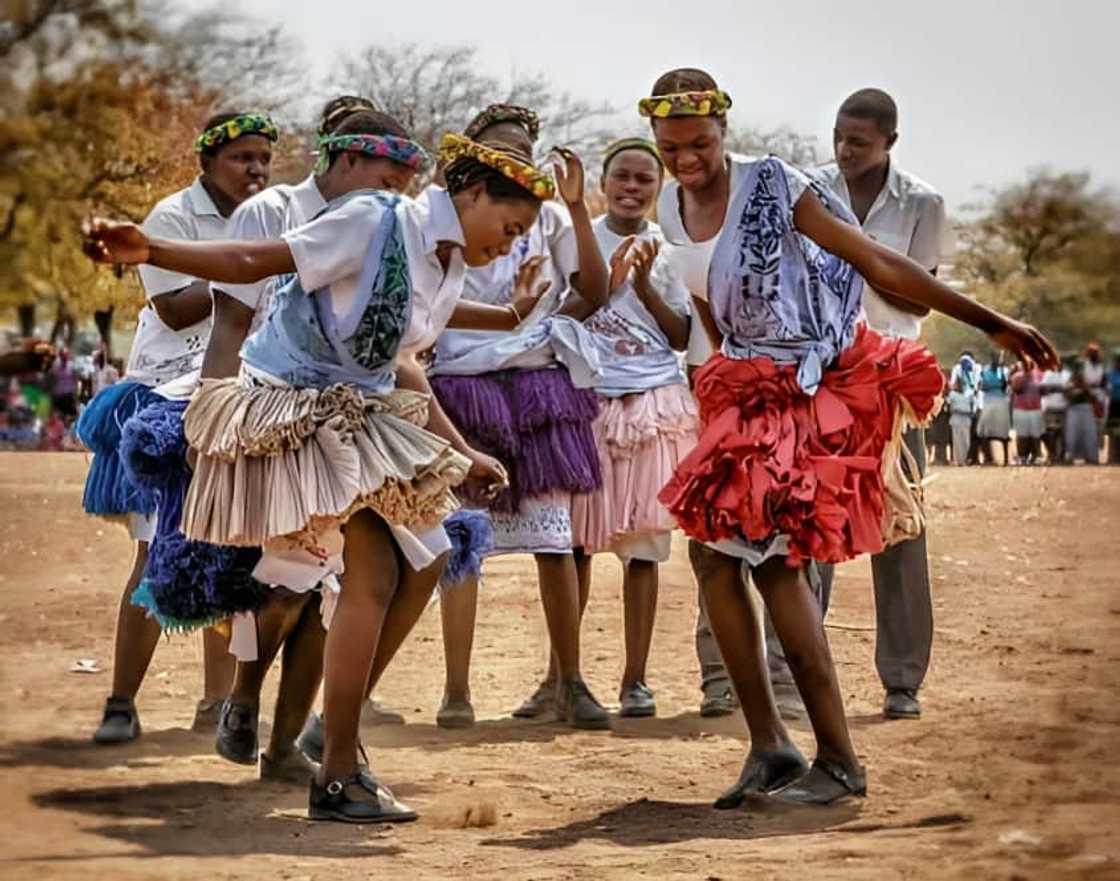
Source: Facebook
What is the Tsonga traditional attire?
Tsonga cultural clothing features vibrant and bright shades of pink, yellow, purple, blue, and green. When attending cultural celebrations, women and girls wear tinguvu or xibelani skirts (wraparound, woven, and beaded Tsonga traditional dresses).
Additionally, they wear stylish Xitsonga-inspired dresses made from versatile Ankara print fabrics and adorn themselves with duku (bright-colored head wrappers), deha (wooden leg and hand bracelets), and vuhlalu (beaded necklaces). Meanwhile, Vatsonga men and boys wear Ankara print attire or different animal skins and hide during cultural events.
Tsonga traditional wedding dresses
Vatsonga traditional wedding dresses depict elegance. Most are brightly colored Ankara dresses inspired by the latest African and Western designs. Today's fashion designers have perfect color-blocking ideas for each couple that needs their services.
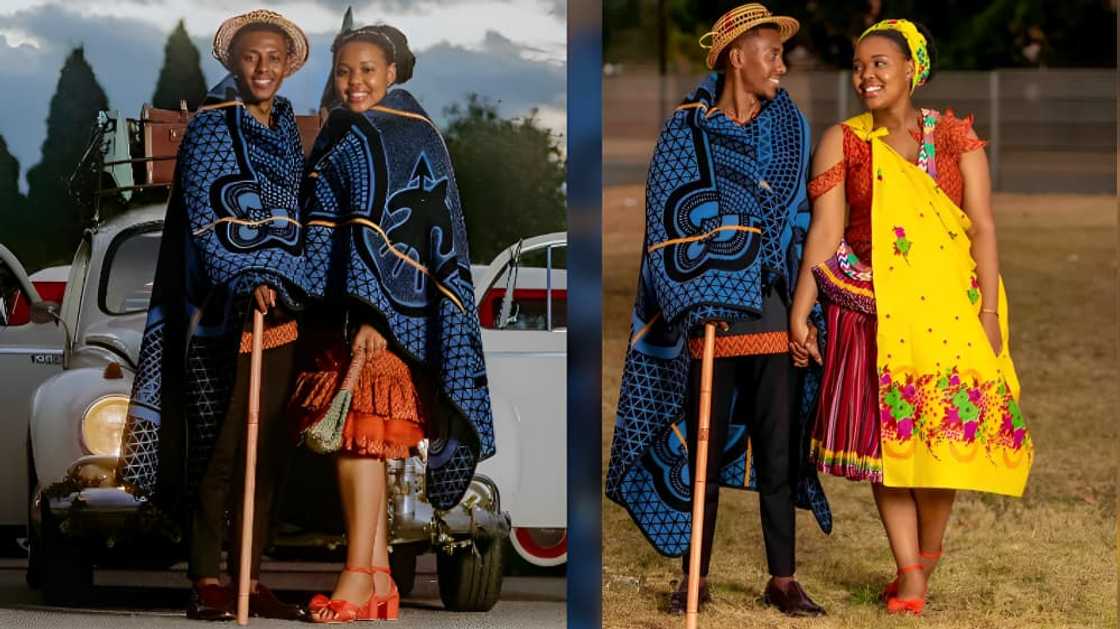
Source: UGC
What are the religious beliefs of the Tsonga culture?
Modern Tsonga people mix Christianity and traditional religious beliefs and practices. Nevertheless, most of those in the rural settings are deeply rooted in traditional religion.
What is the Tsonga culture known for?
Tsonga traditionalists believe in xikwembu or “ancestors” (the singular form of swikwembu). The n'anga (Vatsonga traditional healers/diviners) mediate between the living and the ancestors through rituals and sacrifices. So, much of their religious life revolves around the leadership and guidance of the nanga.
It is believed the first Tsonga diviners were woman Nkomo We Lwandle (Cow of the Ocean) and man Dunga Manzi (Stirring Waters). A water serpent, Nzunzu (Ndhzhundzhu), allegedly captured and submerged them in deep waters, where they stayed until their kin slaughtered a cow for Nzunzu.
When the serpent released them, the two emerged from the water on their knees as powerful diviners with an assortment of herbs. Later, Nkomo We Lwandle and Dunga Manzi trained hundreds of male and female diviners. In turn, the trainees passed down the skills to younger generations.

Source: UGC
Tsonga culture for wedding
In Tsonga culture, first cousins cannot marry, and they do not practice child marriage. Nevertheless, a father can recommend maidens to his son. The man then sends a woman a grass ring or thorn, and she does the same if interested in being his wife.
After the girl's father formally approves the match, the boy's father sends her family a cow to seal the agreement. After that, the two families proceed with dowry negotiations through two intermediaries representing each side.
What happens in a Tsonga traditional wedding?
The girl's family sacrifices a cow for the ancestors as she leaves her father's home. This is followed by both families feasting at the bridegroom's muti (homestead). At this point, the bride's family officially hands her over to her new family.
The couple is considered formally married. The new wife stays in her mother-in-law's muti, helping her with house chores. In turn, her mother-in-law teaches her the customs of the family.
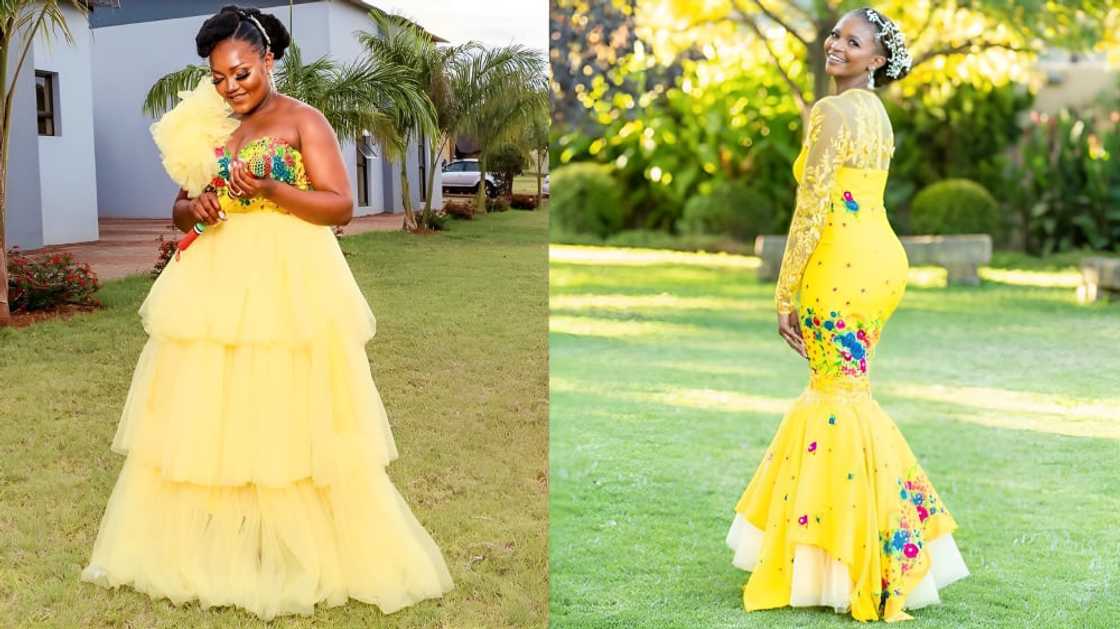
Source: UGC
The lady moves into her muti after having her first child but continues to use her mother-in-law's kitchen until her husband's younger brother marries. When his wife moves into the mother-in-law's muti, the young mother can set up a kitchen in her husband's homestead.
At this point, the man can marry and live with more wives in his muti. The first wife can also insist on her husband acquiring other wives to enhance her status in society. The wives and children share the workload in the muti.
Tsonga culture for newborn babies
In the Tsonga community, the older female relatives of a man's family or co-wives help pregnant mothers through the last stages of pregnancy and a few months after delivery.
What do Tsongas do when a baby is born?
Vatsonga community gives newborn babies herbal medicines and adorns them with charms and beaded bangles. The children breastfeed for at least two years. After that, the mother and her older daughters jointly raise a child when it starts to walk.
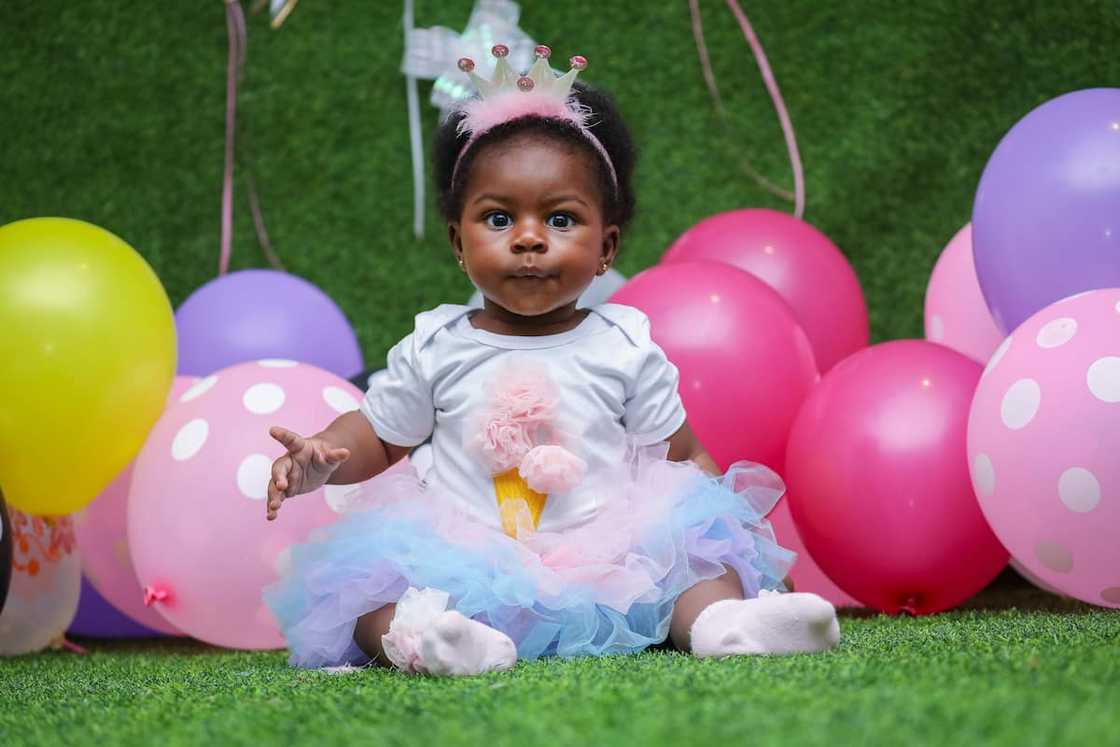
Source: UGC
Tsonga children perform domestic duties from an early age. While daughters help their mothers with daily house chores like cooking, cleaning the huts, gathering firewood, and fetching water, older boys herd the family's cattle, and the younger boys herd the goats.
Tsonga initiation culture
Tsonga boys and girls attain adult status after initiation and are only allowed to marry after undergoing this rite of passage. Both genders are initiated in separate groups, and the initiation ceremony is known as nghoma for males and khomba for females.
What is the initiation into adulthood in Tsonga culture?
The Vatsonga initiation ceremony happens annually during the winter season. Initiates-to-be spend a month in the bush, and the public keeps away from the ritual camp. Intruding is a punishable offense under traditional law.
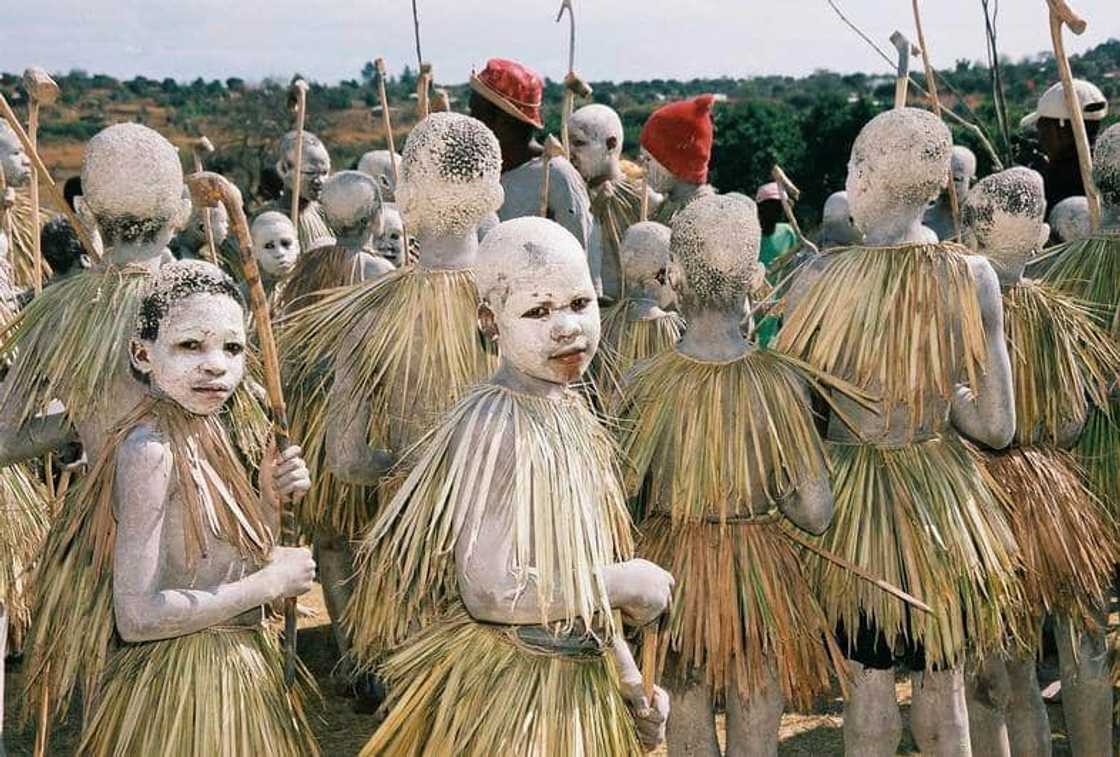
Source: Facebook
Community traditional leaders (chiefs, headmen, and village heads) attend the colorful nghoma and khomba graduation ceremonies. Male initiates wear all-white clothes and carry decorated sticks, while females put on multi-colored necklaces and head covers decorated with pins.
After the graduation ceremony, any man who meets a khomba graduate should offer her a token (mostly money) to show respect.
Tsonga death and burial customs
Tsonga people perform rituals to beseech ancestors to welcome the deceased into the ancestral tribe. It is believed that when those rituals are not done, the spirit of the dead will torment their family members.
Vatsonga's death and burial culture mainly affects women. She wears black or dark-colored clothes during the mourning period while undergoing many processes to prove she did not kill her husband.
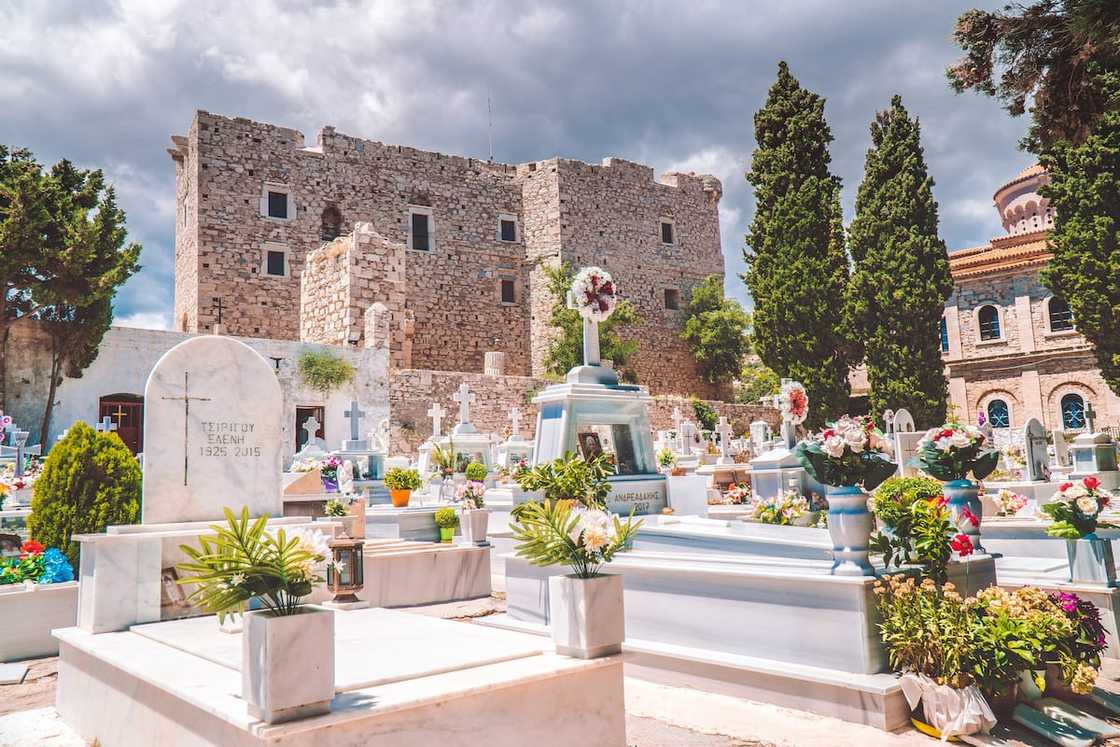
Source: UGC
Widows are considered unclean and barred from most social activities for a specific period. For instance, the older women in the family bathe her husband's corpse on her behalf since she is considered unclean.
Meanwhile, they also keep her company while she goes through the grieving process. After that, the widow undergoes cleansing rituals, and she wears black or dark-colored clothes for a year after her husband's death.
Tsonga men who lose their wives are not subjected to practices that seek to prove they did not kill their wives. What's more, unlike widows who are expected to remarry to fend for their children, widowers are allowed to choose whether to remarry or not.
What is Makhuma?
Makhuma is a cleansing ritual a Tsonga traditional healer performs on a widow who sleeps with a man before her mourning period ends.
What are popular Tsonga culture and rituals?
The Vatsonga community performs different rituals during traditional ceremonies. What's more, each ritual has a specific cultural meaning. Some five popular Tsonga culture and rituals are:
- A girl's family sacrifices a cow for her ancestors as she leaves her father's home.
- Tsonga people give newborns herbal medicines and adorn them with charms and beaded bangles.
- They perform rituals to beseech their ancestors to welcome the deceased into the ancestral tribe.
- A widow undergoes cleansing rituals after her husband's burial.
- A widow who sleeps with a man before her mourning period ends is subjected to cleansing rituals.
Tsonga culture, traditions, and customs are common in most African cultures. Their traditions are important because they are part of who they are and their pride.
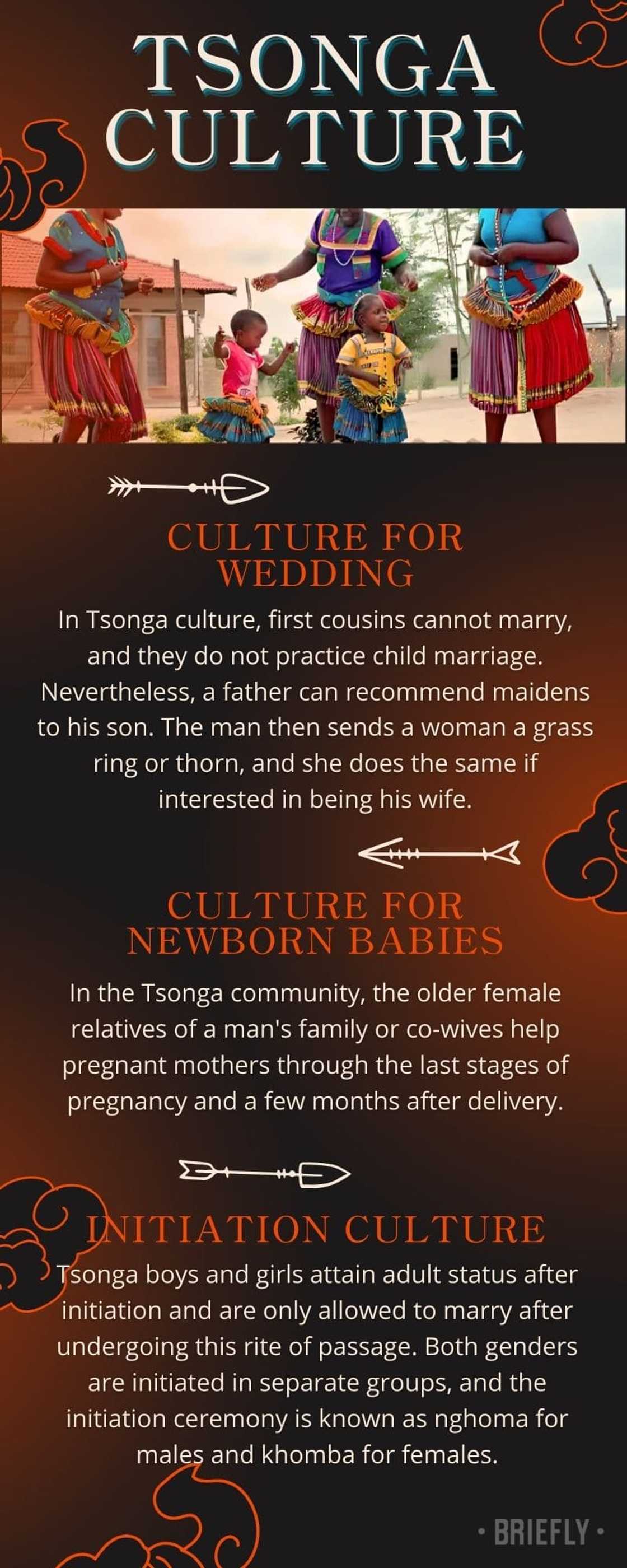
Source: Original
Briefly.co.za shared important aspects of the Xhosa culture, from cuisine, traditions, history, and attire. Xhosa-speaking people are a Bantu ethnic group whose traditional homeland is primarily the Cape Provinces of South Africa. They are part of the Nguni people.
Xhosa, also known as isiXhosa, is a Nguni language and one of South Africa's and Zimbabwe's official languages. The tribe believes in a supreme being called Mdali, Thixo, or Qamata.
Source: Briefly News

Peter Kinuthia Peter Kinuthia is a 2018 graduate of Kenyatta University with a Bachelor's degree in Health Services Management. With over five years of copy-writing experience about media, lifestyle, and health affairs, Peter has cemented a solid career in copy-writing/journalism. He previously worked with Ace My Homework before joining the Briefly team in 2017. With over 5 years of experience in Briefly, Peter has become a remarkable wordsmith. (Email: petekinuthia9@gmail.com)

Peris Walubengo (Lifestyle writer) Peris Walubengo has vast experience in search engine optimization through digital content generation, research, editing, and proofreading. She joined Briefly.co.za in November 2019 and completed the AFP course on Digital Investigation Techniques. You can email her at perisrodah254@gmail.com.




